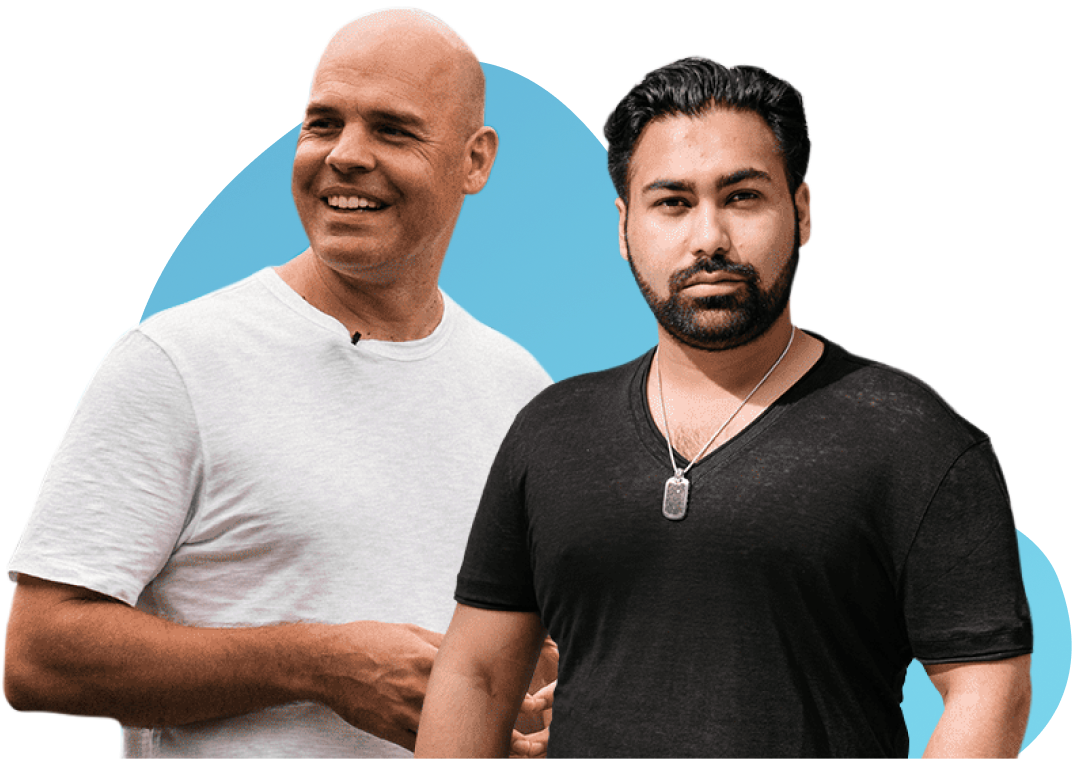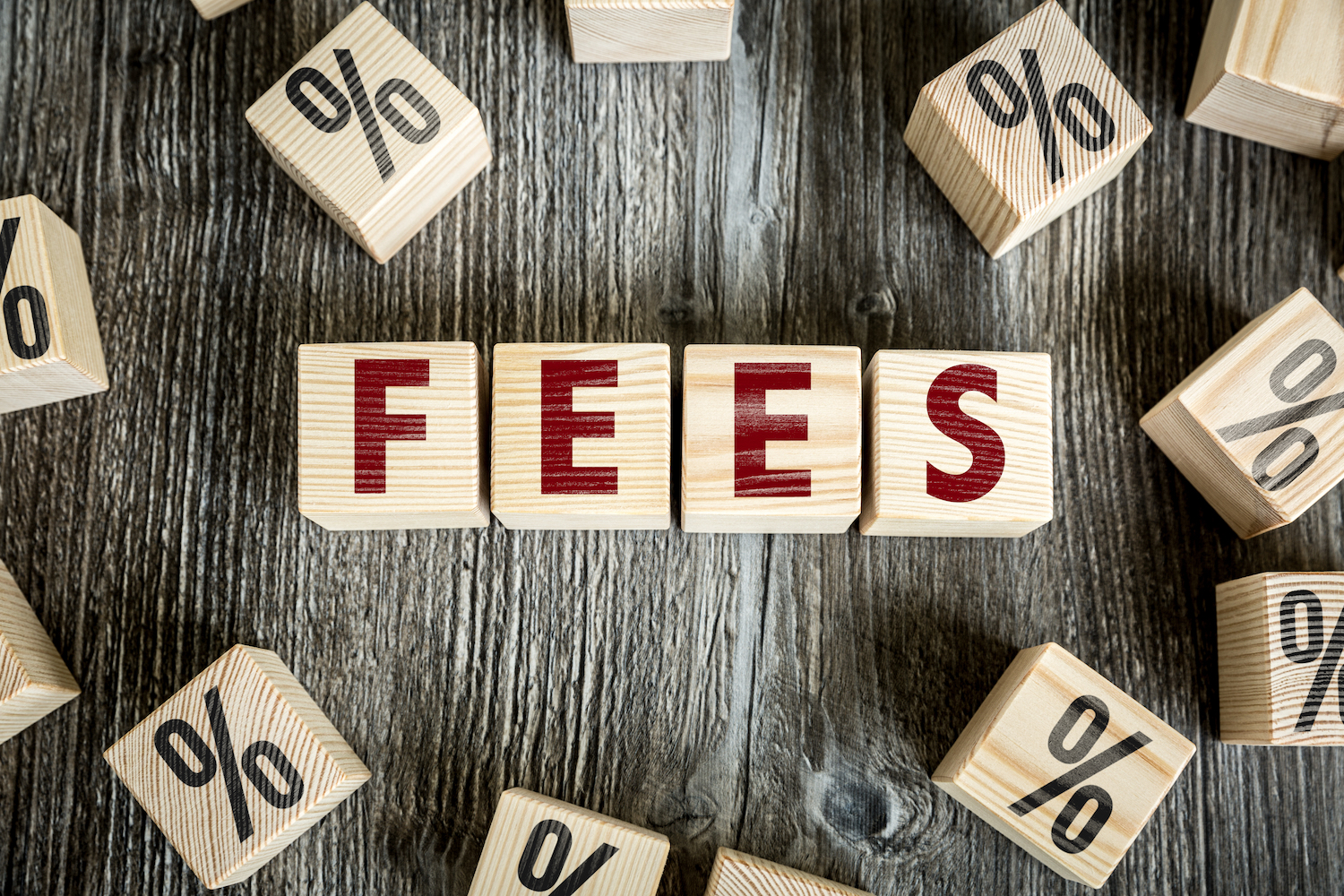In many professions and especially in the world of sports we often talk about averages and percentages as a tool for measurement of success. Generally speaking, the higher the average or percentage, the better the result. In car sales people want a high “closing” percentage, in baseball, players strive for high batting averages, in golf it’s fairways and greens in regulation. Well, in trading it’s no different. Many traders have been taught to strive for high batting averages as a measure of success. However, this can be very misleading, because a high batting average alone does not necessarily equate to being a profitable trader. A trader with a batting average of 40% can sometimes be vastly more profitable than a trader with a batting average of 70%. How so?
Certainly it would be nice to have a 100% batting average, but this is not realistic, no matter how experienced you are. Though we know that perfection is unrealistic, this would assume that 70% isn’t too bad, and certainly better than a 40% BA. So how is it that a trader with a 40% BA can possibly make more than someone with a 70% BA? It’s called Sharpe Ratio or Win Loss Ratio.
What is a Sharpe Ratio (win/loss ratio)? Simply put, a Sharpe Ratio is our average winning trade (in dollars) divided by our average losing trade (in dollars). For example, if our average winning trade is $100, and our average losing trade is $50, our Sharpe Ratio would be 2.0. If our average winner is $75, and our average loser is $85, then our Sharpe Ratio would be .88. So why should your Sharpe Ratio concern you? Let me explain.
Let’s take 2 traders (we’ll call them Bob and Mary) over the course of 20 trades. Bob has a batting average of 75% and Mary has a batting average of 50%. Both traders are risking $100 on every trade.
Out of 20 trades Bob wins 15 and loses 5. But, on his winning trades he only averages $75 per win, and he also averages $75 per loser. This means that Bob’s 15 winning trades will make him $1125, and his 5 losing trades will lose him $375. Therefore, after his 20 trades are complete Bob will make $750 ($1125-$375 = $750. Bob’s Sharpe Ratio is 1.0 ($75/$75 = 1).
What about Mary? Out of 20 trades Mary wins 10 and loses 10. On her winning trades she averages $250 and $100 on her losers. This means that Mary’s 10 winning trades will make her $2500, and her 10 losing trades will cost her $1000. Therefore, after her 20 trades are complete Mary will make $1500 ($2500-$1000 = $1500). Mary’s Sharpe Ratio is 2.5 ($250/$100 = 2)
So, despite having a batting average 25 points lower than Bob, Mary made double what Bob made. What does this tell us? Simply put, that batting average alone does not make a trader great! The positive aspect about the 2 traders in the example above is that they are both profitable. This is not always the case. Many newer traders with high batting averages get out of their trades too soon, usually due to fear. They simply don’t allow their trades to materialize. So their high BA often doesn’t produce profits. After all, batting average is not very important if you are not making money.
On the other hand, many novice traders commit the ultimate sin. They not only have lower batting averages, but they also have low sharpe ratios. They allow their losers to fully stop them out, yet cut their winners short. This is a very bad combination, often brought on by fear and a lack of confidence in their trading ability.
Remember that by letting your trades run, you may lose a few more, but the ones that win will also be much larger, thus producing a higher sharpe ratio. Naturally the ultimate goal is to have a high batting average and a high sharpe ratio. This will make a handsome income, but is also very difficult to achieve. Just keep in mind, everything is a balance. Typically a higher sharpe ratio allows for more flexibility when it comes to batting average. So if you only have a 1.0 or 1.5 sharpe ratio; naturally you will need a higher BA to make a reasonable profit. It’s a bit like a sliding scale. Lower BA, you need a higher sharpe; a higher BA and you can “get away with” a lower sharpe. If you can find an acceptable balance between them you will be on track to make a handsome income! As a general guideline, swing and day traders should shoot for a 45-55% BA with around a 2.0 Sharpe. For scalp traders a 55-75% BA and a 1.5 sharpe is acceptable.
The last point that needs to be discussed is making sure your average winning trade is at least the same amount as your risk level. If you are risking $100 per trade, then your average winner should be at least $100. In the above example, if Bob’s average winning trade goes from $75 to $100, his profits increase from $750 to $1125, which is a significant difference. This would also increase his sharpe ratio as well. So, the moral of the story is, as long as your average winning trade is at least the same as your risk level, then having a “reasonable” BA and sharpe ratio is sure fire way to becoming a successful trader.
As shown above, 2 traders entering the exact same trades can often have very different results. Batting average alone does not guarantee success. Sharpe ratio alone does not guarantee success. But together, they can be a powerful combination! The trade management section in your trading plan will help determine this. Though both batting average and sharpe ratio will have an impact on your profit margin, more often than not, the sharpe ratio will be the difference between a successful trader and a not so successful trader! So the next time you are trying to improve your profits; have a look at your sharpe ratio to see if you are getting the most from your trades!
Good Luck!





